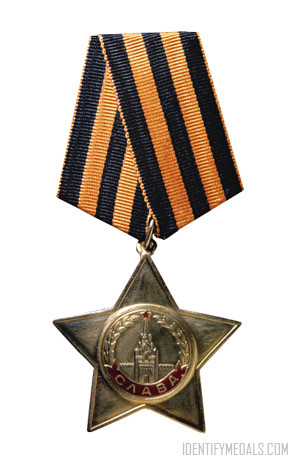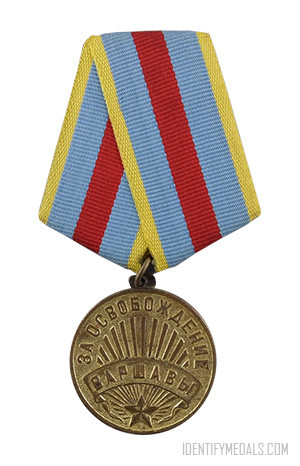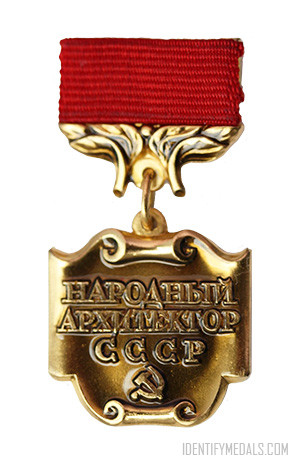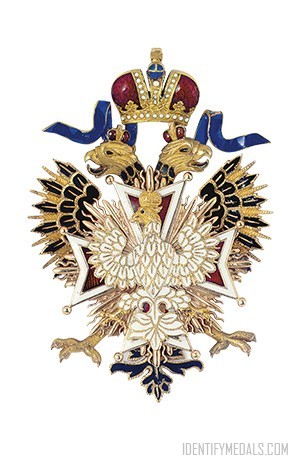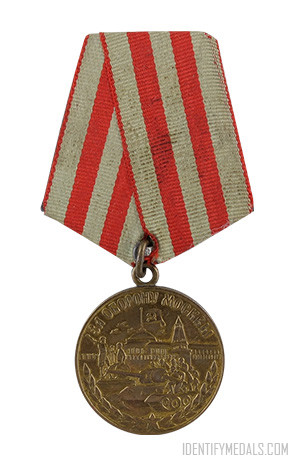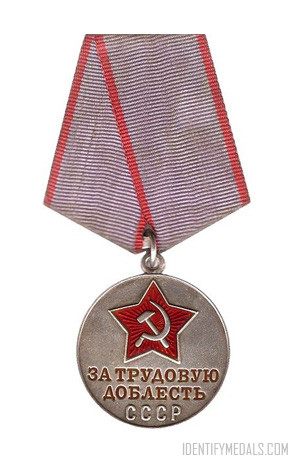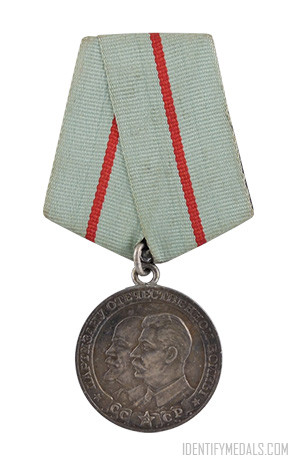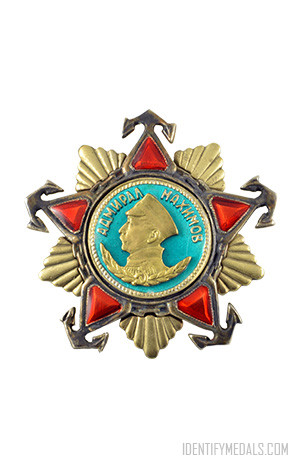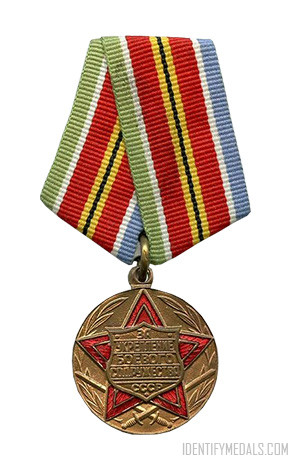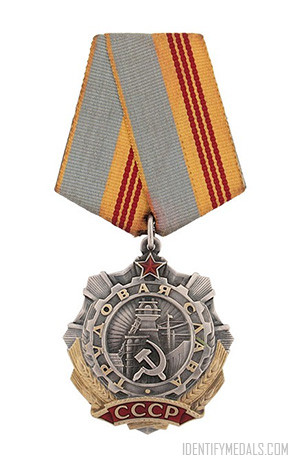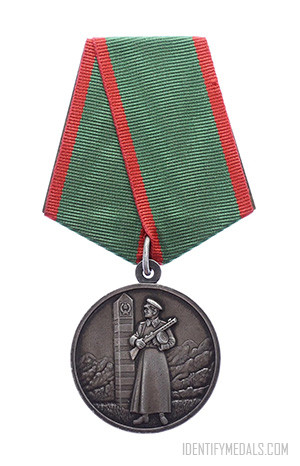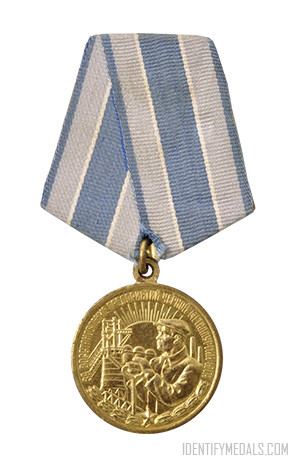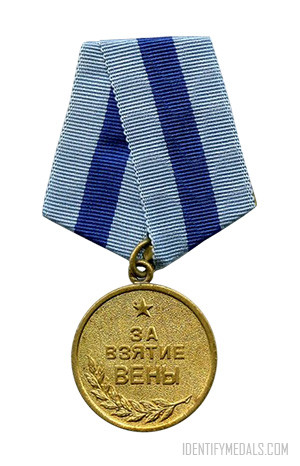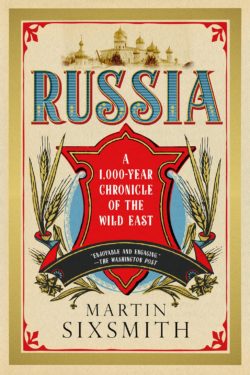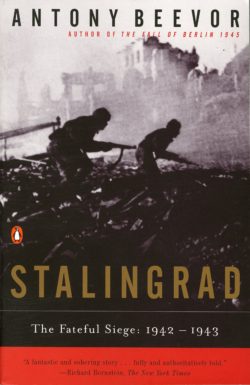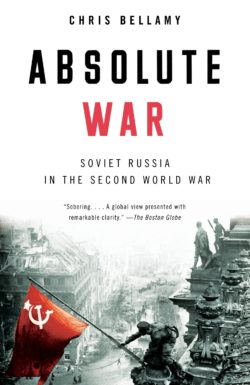- Time Period: Second World War
- Year of Institution: 8 November 1943
- Country: Russia & USSR
The Order of Glory (or Орден Славы in Russian) is a military decoration of the Soviet Union awarded to soldiers and non-commissioned officers of the Red Army as well as to aviation junior lieutenants, for bravery in the face of the enemy and established by Decree of the Presidium of the Supreme Soviet on November 8, 1943.
The Order of Glory, which was modeled closely after the Tsarist Cross of St. George, was divided into three distinct classes. A soldier would initially be recommended for the order’s lowest class, while subsequent distinct acts of valor could result in the soldier being recommended for the order’s two remaining classes. Soldiers who received each of the order’s three classes were referred to as a “Full Cavalier of the Order of Glory” (“полный кавалер ордена Славы”). 2,656 Red Army soldiers would attain Full Cavalier status.
The order became defunct with the dissolution of the Soviet Union.
The Order of Glory Design
The badge of the Order of Glory is a five-pointed star with a central medallion. The central medallion featured the Spasskaya Tower of the Kremlin, with a red enameled five-pointed star at its top and a red enameled scroll at the bottom bearing the word “GLORY” (СЛАВА). Laurel branches on each side along the medal circumference stopped just short of the red star.
The reverse had the Cyrillic inscription for “USSR” (СССР) within a ring with a raised rim. The award serial number was either stamped or engraved above the ring on the reverse of the star’s upper arm.
The order’s first class was made of 950 (23 karat) gold; the order’s second class was made of silver with a gilt central medallion and the order’s third class was made entirely of silver. The Order is suspended by a ring through the award’s suspension loop to a standard Russian pentagonal mount covered by a 24mm-wide silk moiré ribbon of St George.

